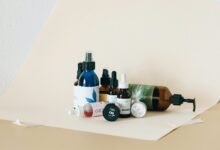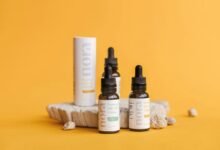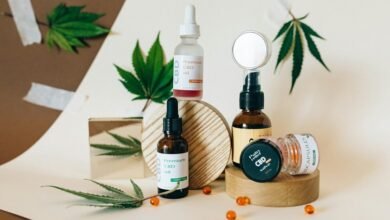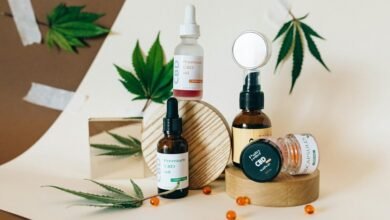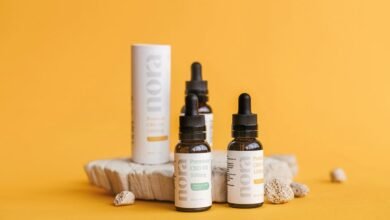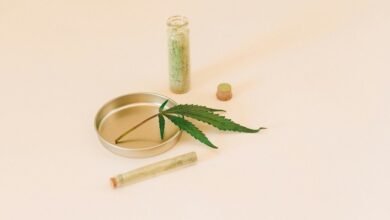Does Cbd Tincture Have a Shelf Life
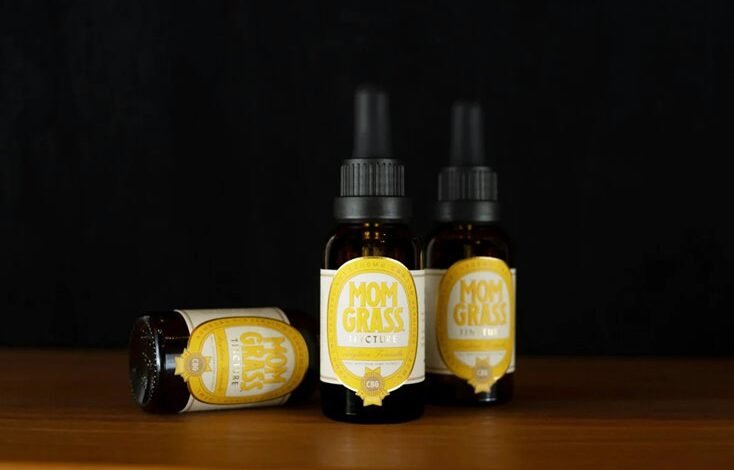
CBD tinctures, popular for their potential health benefits, do possess a shelf life influenced by various factors. These factors include ingredient quality, extraction methods, and storage conditions. Typically, tinctures can maintain their efficacy for 1 to 2 years when stored correctly. However, understanding how to identify signs of expiration is essential for ensuring their safety and effectiveness. What are the key indicators that a tincture has gone bad, and how can one best preserve its quality?
Understanding CBD Tincture Composition
As consumers increasingly explore the benefits of CBD, understanding the composition of CBD tinctures becomes essential.
Tinctures are primarily composed of CBD extracted through various methods, including CO2 and ethanol extraction. These techniques influence the purity and potency of the final product.
Additionally, tincture ingredients often include carrier oils, enhancing bioavailability and absorption, which ultimately helps users maximize their desired effects.
Factors Affecting Shelf Life
The shelf life of CBD tinctures can be influenced by several factors, including storage conditions, ingredients, and exposure to light and air.
Different extraction methods can affect cannabinoid stability, with some techniques yielding more stable compounds than others.
Additionally, the presence of other ingredients may impact the overall longevity, making it essential to consider these variables when assessing the shelf life of CBD tinctures.
Proper Storage Techniques
Proper storage techniques are crucial for maximizing the shelf life of CBD tinctures.
Storing tinctures at an ideal temperature, typically between 60°F and 70°F, helps maintain potency.
Additionally, using dark, airtight storage containers protects against light and air exposure, which can degrade cannabinoids.
Signs of Expired CBD Tincture
Recognizing the signs of expired CBD tincture is important for ensuring safety and product efficacy.
Key expiration indicators include oil discoloration, which may manifest as a darker or cloudy appearance.
Additionally, an off or rancid smell can signal degradation.
Consumers should also be wary of changes in viscosity, as these alterations often indicate that the tincture is no longer suitable for use.
Conclusion
In the grand tapestry of CBD tinctures, their longevity is akin to a fleeting summer's day—beautiful, yet temporary. By grasping the nuances of their composition and taking heed of proper storage practices, users can extend their tincture's vitality. However, as time weaves its inevitable passage, one must remain vigilant for the subtle signs of decline. Embracing this knowledge ensures that each drop delivers its full potential, turning every experience into a cherished moment of wellness.

